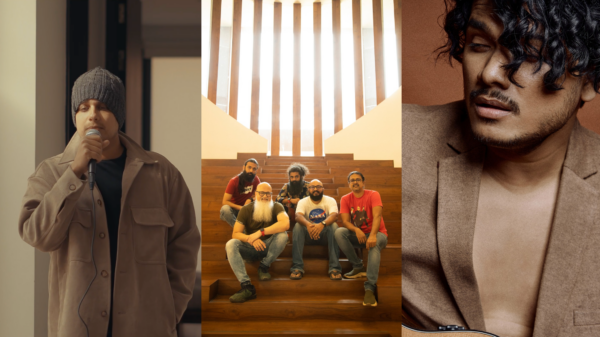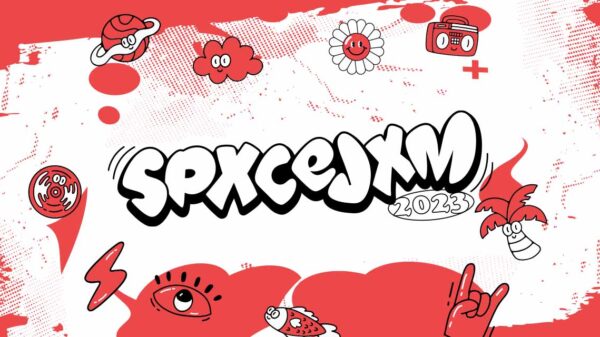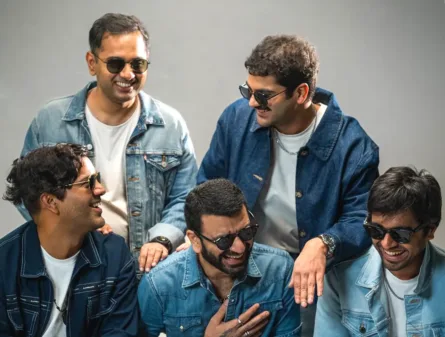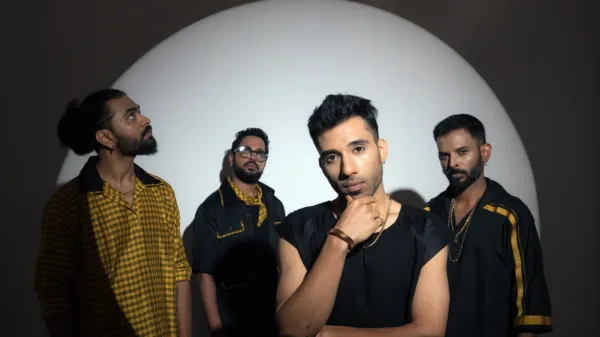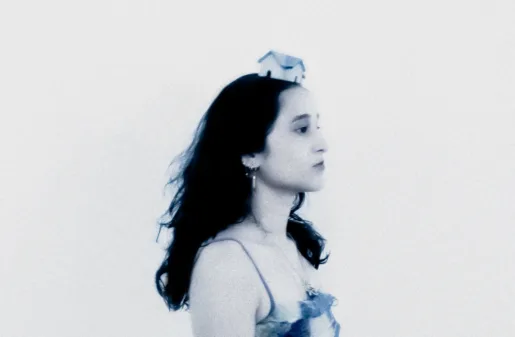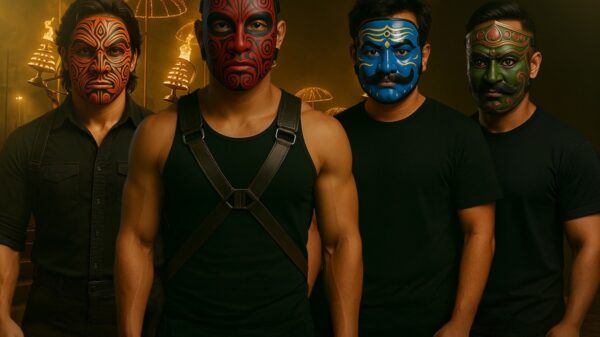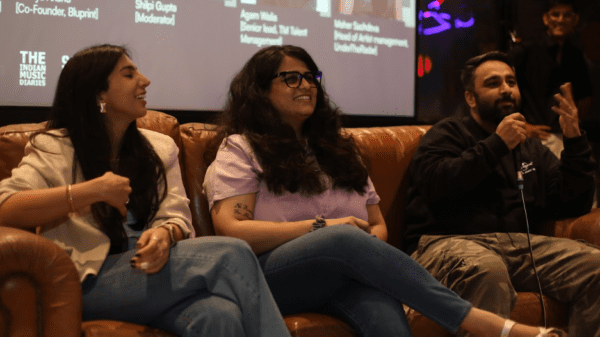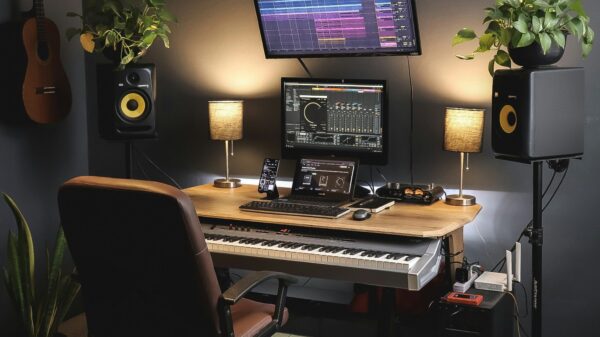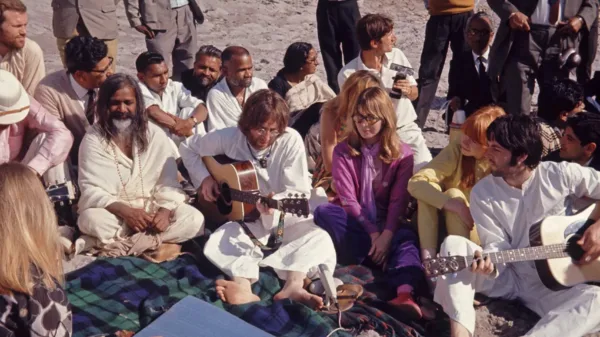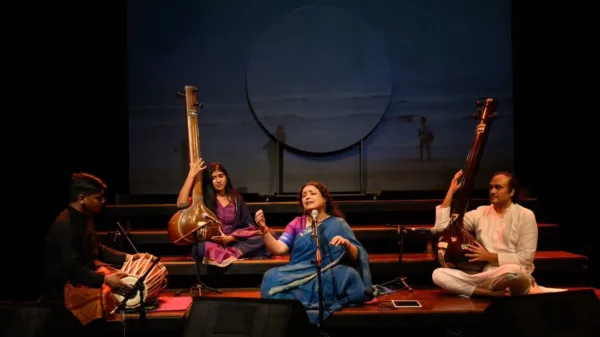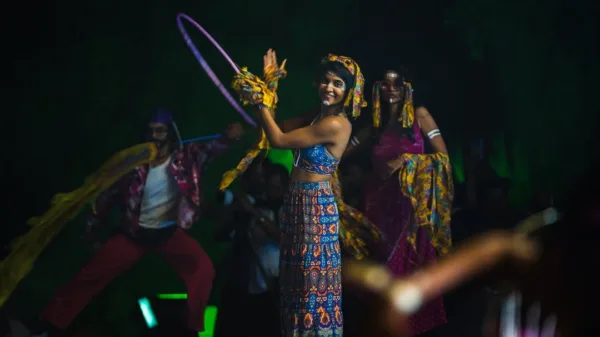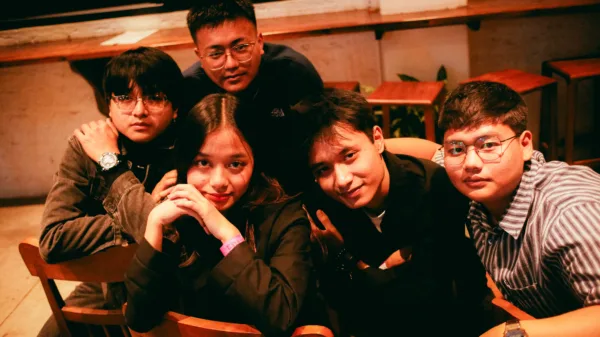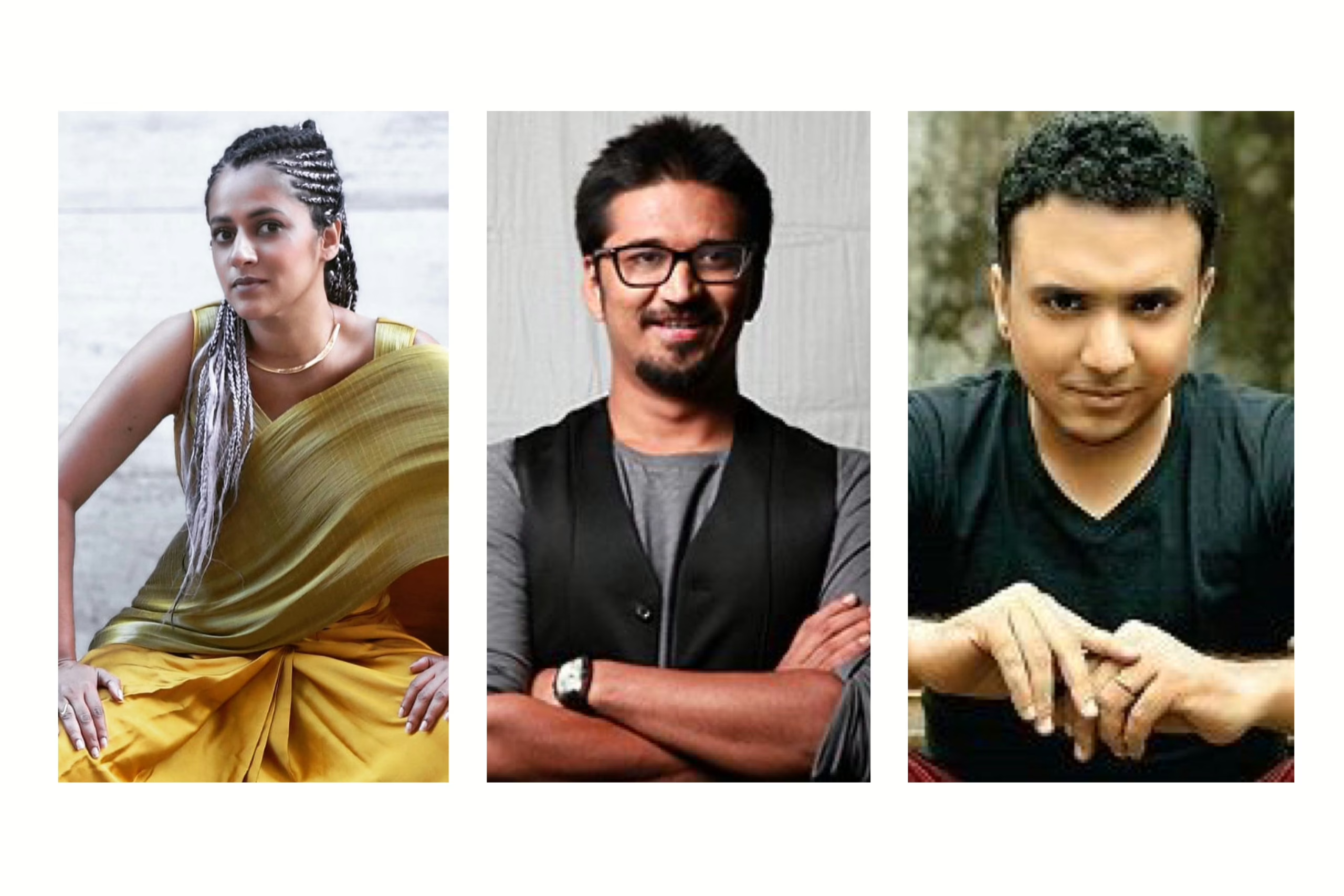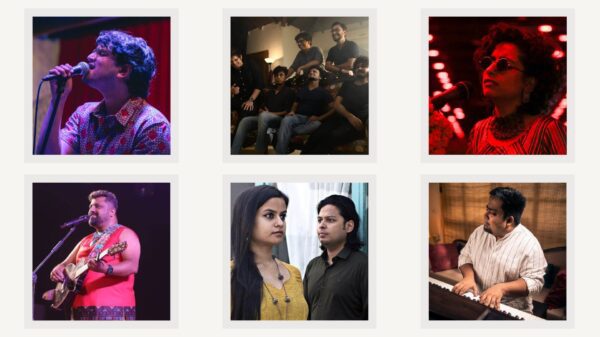For decades, the Hindi film music industry relied on a predictable, safe formula—familiar beats and songs crafted for instant success. But in the late 2000s and early 2010s, a quiet revolution began. A new wave of visionary composers, including Sneha Khanwalkar, Amit Trivedi, and Ram Sampath, emerged to challenge the status quo. They weren’t interested in chasing charts or trends; instead, they built entire sonic universes that were so groundbreaking, they felt ahead of their time. Their music, once considered risky and unconventional, has since achieved a cult status that few can match, continuing to deeply resonate with a new generation of listeners.
Sneha Khanwalkar: The Sound Collector
Sneha Khanwalkar has never been a typical music composer. Instead of relying on a clinical studio environment, she redefined the role by treating music as fieldwork. Her process is an adventure: she steps out with a recorder, collecting folk voices, street sounds, and raw rhythms, which she then masterfully transforms into film scores.
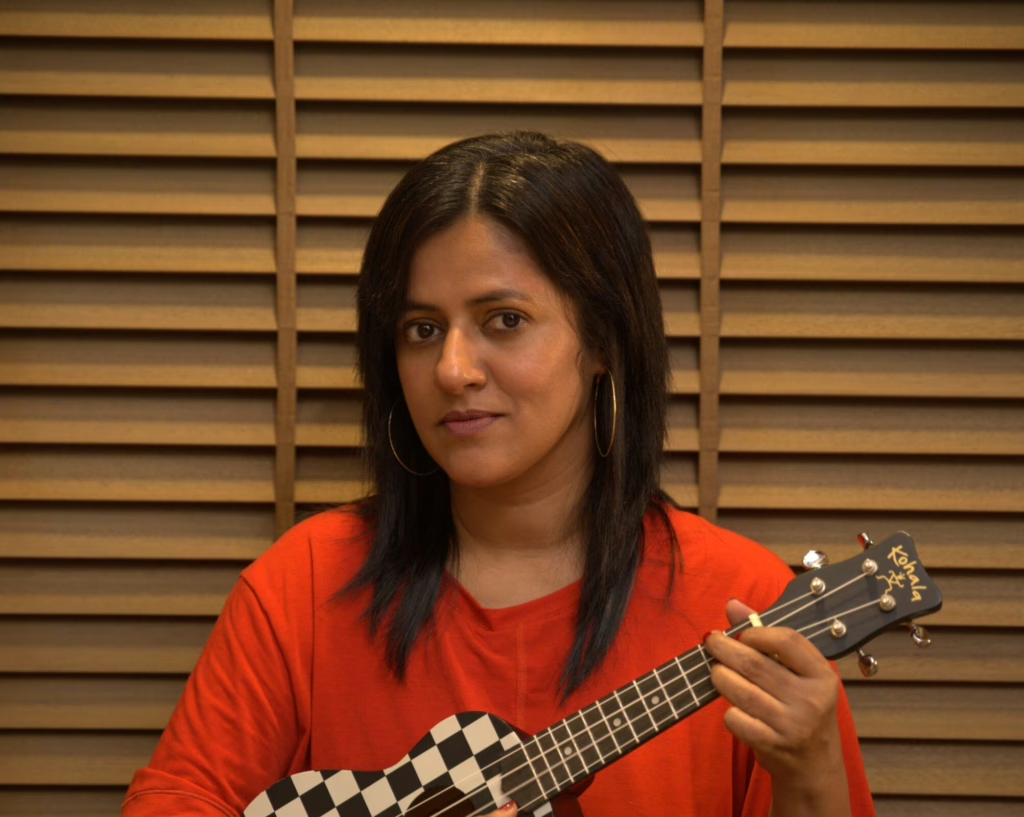
Her style first stood out in Oye Lucky! Lucky Oye! (2008). She travelled to Haryana, where she didn’t just record in a studio but visited Raagini folk competitions and local gatherings to find hidden musical talent. She then wove their raw folk energy and everyday sounds into the film’s tracks like “Oye Lucky!,” “Superchor,” “Jugni,” and “Tu Raja Ki Raj Dulari,” which didn’t feel like “Bollywood’s version” of regional music; they feel real. This habit of building tracks from everyday sound also shaped her show MTV Sound Trippin’ (2012). With a handheld recorder and massive headphones, she went to places like Assam’s Majuli Island and Dharavi’s narrow lanes, capturing the rhythm of a tractor, the sounds of a sugarcane juice machine, and even the simple grunts and coughs of people. Listeners weren’t hearing polished studio sessions—they were hearing India in its natural voice.
Her work in Gangs of Wasseypur (2012) is still unmatched. She spent months traveling through Bihar and Jharkhand, not just to find folk singers but also to capture the ambient sounds of the city region, like a pickaxe hitting coal. She would record these sounds and then return to her studio in Mumbai to mix them with modern beats, creating a score that carried the story’s grit through songs like “Kaala Re” and “Womaniya.” Later, with Love Sex aur Dhokha (2010) and Khoobsurat (2014), she continued to create honest, lived-in soundtracks that don’t feel packaged. Her soundtracks are a reflection of her journey—each note carrying the weight of experience. She doesn’t just write songs; she shares chapters of her life, tying her music together with a raw and unapologetic honesty.

Sneha Khanwalkar’s music isn’t just heard—it’s felt. By stepping outside the studio and into the chaos of real life, she redefined what a film soundtrack could be. Every tractor hum, every folk cry, every street sound she captured turned into something larger than life, yet deeply rooted in honesty. That’s why her work doesn’t age—it breathes. She gave Indian cinema not just songs, but soundscapes that mirror its soul.
Amit Trivedi: The Reinventor
Amit Trivedi’s journey to becoming a musical maverick wasn’t a conventional one. His process, much like his albums, is rooted in reinvention. He’s a keen observer, often drawing inspiration from the film’s narrative and characters themselves, treating music not just as a backdrop, but as a living, breathing extension of the story. Rather than being confined to a single genre, he allows the film’s mood to decide the musical palette, making each of his soundtracks a unique adventure.
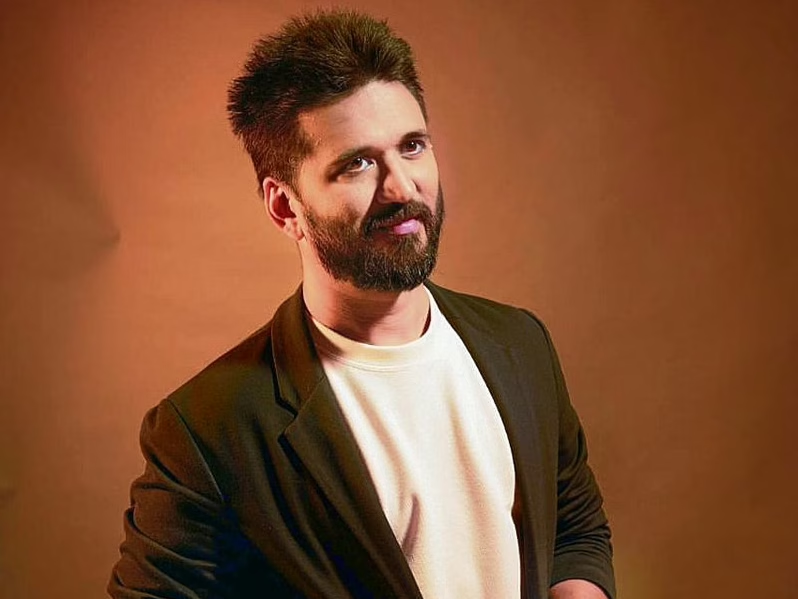
His style first took the industry by storm in Dev.D (2009). Trivedi didn’t just compose; he fused rock, electronics, and Punjabi folk into a restless, edgy sound that mirrored the protagonist’s chaotic emotional state. Tracks like “Emotional Atyachar” and “Nayan Tarse” became instant cult hits, feeling less like polished studio creations and more like the raw, unfiltered voice of a generation. The music wasn’t just a score; it was the film’s heartbeat.
This gift for reinvention is a hallmark of his career. In Andhadhun (2018), the piano wasn’t just background—it drove the suspense, its intricate and often dissonant melodies becoming a character in their own right. In Qala (2022), his melodies turned haunting and melancholic, weaving a spell of nostalgia and tragedy with delicate string arrangements and ethereal vocals. And in Jubilee (2023), he flawlessly recreated the golden aura of 1950s cinema without sounding dated, capturing the glamour and drama of the era while infusing it with a modern sensibility.
He isn’t tied to a genre. His process is about honest storytelling through sound. The narrative decides the mood, and he follows, which is why his music feels unpredictable yet always emotionally sharp. Later, with Udta Punjab (2016) and Manmarziyaan (2018), he continued to create soundtracks that feel authentic and lived-in, reflecting the complexities of their stories.
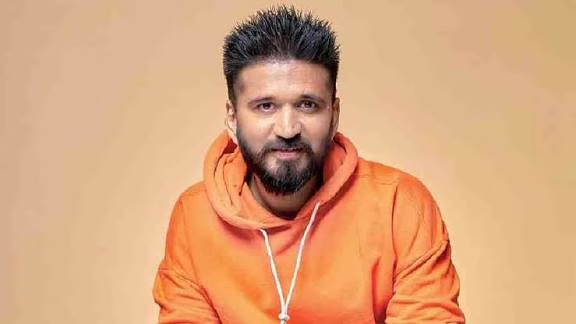
He isn’t tied to a genre. His process is about honest storytelling through sound. The narrative decides the mood, and he follows, which is why his music feels unpredictable yet always emotionally sharp. Later, with Udta Punjab (2016) and Manmarziyaan (2018), he continued to create soundtracks that feel authentic and lived-in, reflecting the complexities of their stories.
Trivedi’s soundtracks are a reflection of his journey each album a distinct chapter in his musical exploration. He doesn’t just write songs; he captures the soul of a film, tying his music together with a raw and unapologetic emotional honesty.
Ram Sampath: The Restless Experimenter
Ram Sampath’s journey to becoming a musical force in Bollywood wasn’t a conventional one. His background in ad jingles gave him a keen sense for crafting catchy hooks, but he used this skill not for formulaic songs, but for bold, restless experimentation. His process is one of constant reinvention, where he treats each film as a new sonic playground, allowing the narrative to dictate his musical choices, resulting in soundtracks that are as diverse as the stories they accompany.
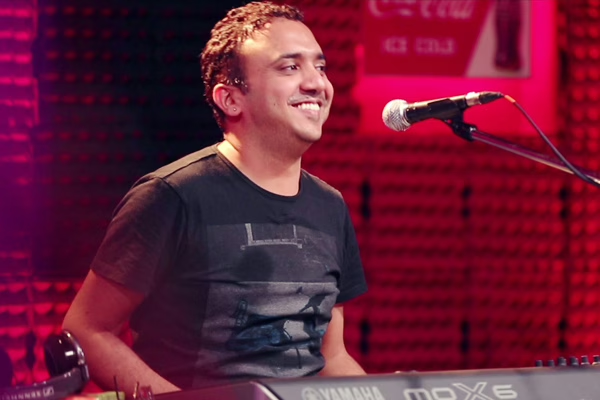
His style first took the industry by storm in Delhi Belly (2011). Sampath didn’t just compose; he created a chaotic, punk-infused sound that was raw and unapologetic. Tracks like “Bhaag D.K. Bose” and “Switty Tera Pyaar Chaida” became instant youth anthems, feeling less like polished studio creations and more like the unfiltered voice of a generation. The music wasn’t just a score; it was the film’s chaotic, rebellious spirit.
This gift for reinvention is a hallmark of his career. In Talaash (2012), he delivered the complete opposite—a slow, eerie, and minimal soundtrack. Songs like “Jiya Lage Na” and “Laakh Duniya Kahe” wrapped the suspense in haunting tones, proving his versatility. His genius lies in making music feel purposeful and deeply integrated with the film’s world. While one film gave reckless energy, the other gave quiet intensity, and this unpredictability is what makes him a true maverick.
He isn’t tied to a genre. His process is about honest storytelling through sound. The narrative decides the mood, and he follows, which is why his music feels unpredictable yet always emotionally sharp. Later, with Fukrey (2013) and Raees (2017), he continued to create soundtracks that feel authentic and lived-in, reflecting the complexities and distinct flavors of their stories.

Sampath’s soundtracks are a reflection of his journey each album a distinct chapter in his musical exploration. He doesn’t just write songs; he captures the soul of a film, tying his music together with a raw and unapologetic emotional honesty
Why Their Music Still Stands Out?
The reason their soundtracks endure is simple: they weren’t made for the charts. They weren’t fast-food songs built for quick consumption. These composers gave space to folk traditions, everyday sounds, and modern textures to coexist. Each album felt like a complete thought not just a playlist.
For audiences, this was rare. Bollywood proved it could experiment without losing emotion. For indie artists, it was proof that originality had a place in the mainstream. The line between “indie” and “Bollywood” blurred, opening doors for new voices.
That’s why albums like Gangs of Wasseypur, Dev.D, and Delhi Belly still breathe today. They became cult classics not because of marketing, but because they captured something honest and fearless. Even today, more than a decade later, these soundtracks feel alive. Sneha Khanwalkar, Amit Trivedi, and Ram Sampath trusted the audience’s taste instead of underestimating it. They showed that experimentation could be entertaining, and authenticity could be popular.

